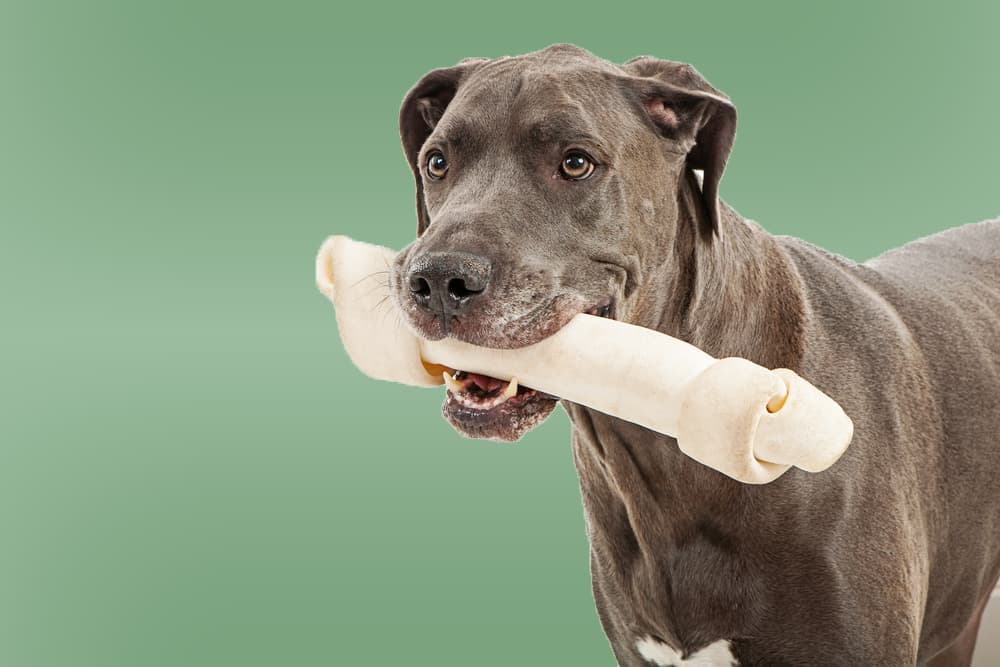
Hypothyroidism

Our guide has been authored by qualified veterinarians, but should not be taken as substitute for medical advice or professional veterinary consultation. If your pet displays any unusual symptoms, we strongly advise seeking guidance from a veterinarian
Understanding Hypothyroidism in dogs
The thyroid gland is located in the neck and secretes hormones that play a vital role in regulating the body’s metabolism. Hypothyroidism is essentially an endocrine disease (meaning, related to hormone secretion) in which the gland does not produce enough hormones, leading to a decrease in the dog’s metabolic activity and general impairment of various organs.
Hypothyroidism's Causes: Uncovering Triggers
- Autoimmune inflammation – when the immune system mistakenly attacks the thyroid tissue and leads to its destruction.
- Unknown absolute shrinkage (atrophy) of the gland – often occurs in older dogs.
- Other possible and rarer factors – tumors, medications, congenital defects, or traumatic injury.
 Recognizing Hypothyroidism: Signs and Symptoms
Recognizing Hypothyroidism: Signs and Symptoms
- Unexplained weight gain
- Fatigue: including lethargy and lack of energy. Dogs may show less interest in play and exhibit less enthusiasm or interest in their surroundings.
- Skin changes: hair loss along with dry, flaky, prone-to-infection skin, dull fur prone to drying out.
- Recurring ear infections
- Cold intolerance: dogs may be more sensitive to cold temperatures, shiver, and seek warm places.
- Muscle weakness: difficulty performing activities that were once easy for them.
- Heart rate disturbance: low heart rate or irregular heartbeat.
- Neurological issues: head tilt and lack of balance.
 Hypothyroidism Diagnosis: How it's Identified
Hypothyroidism Diagnosis: How it's Identified
Suspicious clues to the problem are obtained from the clinical signs mentioned above, along with typical findings in routine blood tests – anemia, elevated blood lipids, and mild liver abnormalities. The final diagnosis is made through specialized blood tests measuring the thyroid hormone levels in the dog’s blood circulation. A positive diagnosis will include low levels of thyroxine (T4) hormone, along with normal to high levels of the pituitary hormone stimulating thyroid production – TSH. Low thyroxine levels alone are not sufficient to diagnose hypothyroidism as there are many other diseases that can cause this. In borderline cases, the veterinarian may conduct a therapeutic trial – giving a synthetic hormone called levothyroxine and monitoring the dog’s response. Improvement in signs after starting alternative hormonal therapy will help confirm the diagnosis.
 Treating Hypothyroidism: Options and Approaches
Treating Hypothyroidism: Options and Approaches
Treatment for hypothyroidism is simple and effective and includes daily administration of levothyroxine tablets, a synthetic replacement for the thyroxine hormone typically produced by the gland. The dosage is adjusted to the dog’s size. This is a lifelong hormonal treatment, with monitoring done through both the disappearance of clinical signs and periodic blood tests.
Hypothyroidism: Surprising Facts

Most dogs diagnosed with the disease are diagnosed before the age of 6 - 46% are diagnosed between the ages of 1 and 3, and 29% between the ages of 4 and 6.

Hypothyroidism is more common in females than in males - a fact true for most autoimmune endocrine diseases.

Hypothyroidism is more typical in medium and large-sized dogs. These dogs require a much higher therapeutic dosage, about 10 times higher than in humans.
 Vet's Tip: Dealing with Hypothyroidism
Vet's Tip: Dealing with Hypothyroidism
Often we tend to overlook the disease in older large breed dogs, mainly because their owners think these signs indicate the dog is “getting old.” Therefore, it’s essential to describe the problem in detail to your veterinarian so they can recommend appropriate blood tests for diagnosis or ruling out the disease. The current medical treatment is very effective and can restore the dog to full and normal functioning. Some medications may interfere with thyroid gland function or absorption of drugs used to treat this condition. It’s important to update your veterinarian on any changes in medications or other supplements your dog is taking to ensure they do not interfere with the effectiveness of the disease treatment.




Price Tag

Latest in Research and Treatments
For years, it was common to administer the replacement to dogs twice a day due to the half-life of the drug in the blood. Research conducted years ago shook the field and showed that the biological behavior of the drug in the blood is different than previously thought and that a sufficient constant dosage once a day for the dog’s entire life. This has led to maximum treatment convenience, as well as the need for much fewer monitoring tests for dosage adjustments that were previously common.
dogs breeds Prone to Hypothyroidism
Did you know?
Enrolling in Animalia Pet Insurance
while your pet is healthy is a wise decision.
Waiting until a disease develops means it won't be covered.















